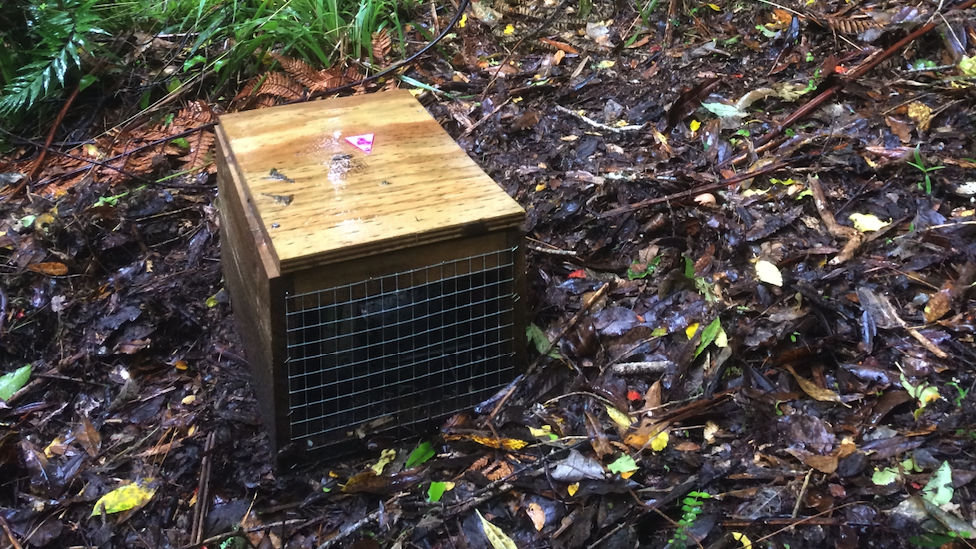Predator control specialist Cam Speedy knows a thing or two about trapping after 40 years in the business. And like Cam, the DOC 200 has stood the test of time.

Over the last couple of decades, DOC 200s have been put to the test up and down the country in harsh, rugged conditions. When it comes to controlling mustelids like stoats, they are still one of the best traps out there. But is your DOC 200 just not performing? We asked Cam how to take a DOC 200 trap to the next level.
Cam’s top tips for the DOC 200:
- Always set off the trap before you work with it
- Use an old pair of socks to dry-fire the trap and protect it from wear and tear
- Place eggs on the side rather than standing up as a natural visual cue
- Blow eggs and use the whites and yolks as lures on the ground around the trap, placing the shell inside
- Scuff a trail leading into the trap
- Use logs, ferns or similar to create a line to direct animals to the entrance of the trap
- Make sure the mesh around the entrance to the trap is filed down smooth so there are no spikey sprags
- Blaze some trees nearby to lure possums and rats using a mix of flour, icing sugar, and an appealing smell like cinnamon, vanilla, or eucalyptus
- Leave Hansel and Gretel-esque trails with raw mutton fat leading to the trap
- Rub some raw mutton fat on the wire baffles and leave a few crumbs on the doorstep
- Place bait up high in the trap to help scent flow through on the breeze
- Leave any freshly caught rodent in the box as an additional lure

